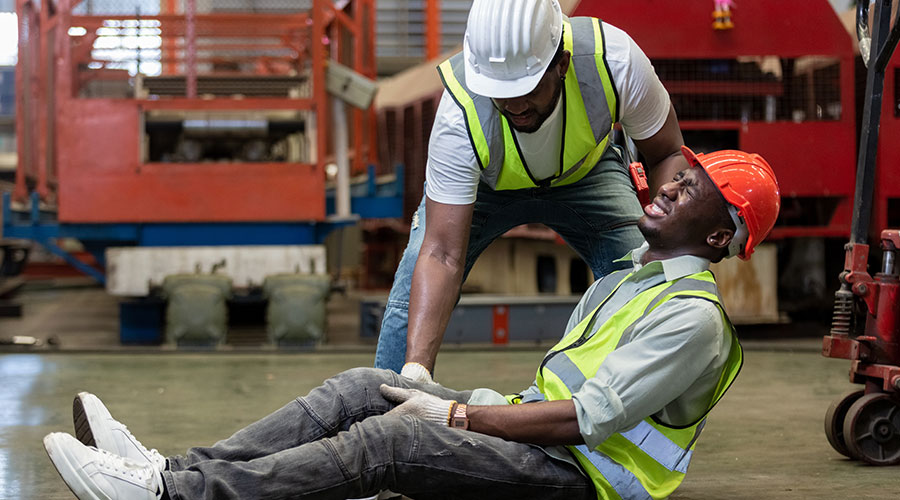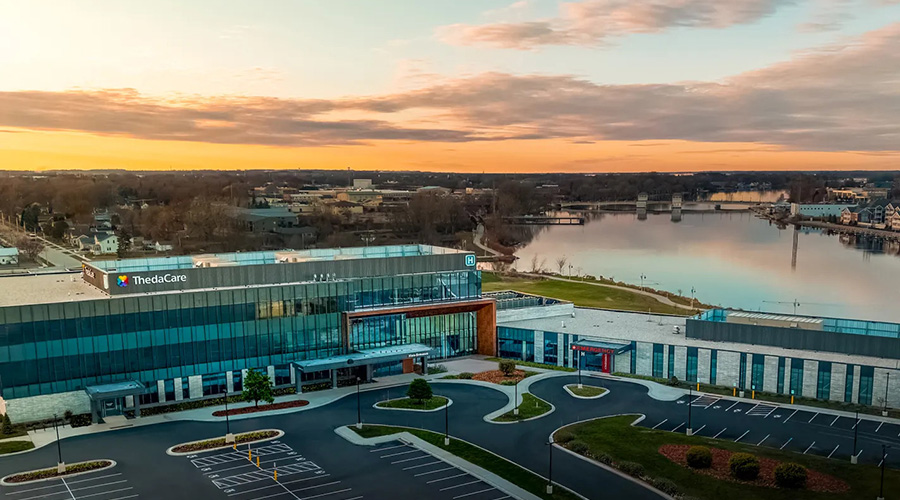Safety is always on top of the mind for companies. If someone were to get hurt while on the job, projects could be delayed, and the company may have to pay thousands of dollars in restitution. In healthcare’s case, if a healthcare professional were to get injured while on the job, patient care could be put at risk as areas of the hospital could be shut down to perform an investigation or medical teams could be switched around. In addition, workplace injuries run the risk of being evaluated by OSHA, adding stress to an already immensely stressful workplace.
In recent years, many facility managers have started to prioritize safety initiatives while on the job. According to a whitepaper by ISN, serious injury and fatalities (SIF) have dropped by 16 percent in the last seven years. Contact with objects or equipment is the top incident category, making up 60 percent of the injuries. Consistent with OSHA’s severe injury trends, 90 percent of amputations affect hands, fingers or wrists. These types of injuries are often linked to either unguarded machinery or improper use of the equipment, according to the report.
Related Content: OSHA Compliance: Priorities and Challenges
Meanwhile, it is more common for smaller and mid-sized companies to have workplace injuries due to resource limitations, workforce turnover and other exposures to high-risk activities.
More organizations are looking to bolster their safety initiatives to further prevent serious injuries. According to the report, the Human and Organizational Performance (HOP) principle encourages companies to create programs if an error is made, allowing for employees to collaborate with safety professionals. Being able to “fail safely” while avoiding serious injuries and fatalities can change the company culture and further enhance safety practices.
The report found that more employees are willing to report an incident if they feel psychologically safe. Oftentimes accidents go unreported due to fear of being blamed or punished for the injury. When an employer changes the company to culture to continuous learning it improves operations overall. Yes, incident investigation is still critical to safety initiatives, but so is being proactive and acting with information, according to the report. Doing regular audits to identify where weaknesses are in the company’s systems can also further prevent serious injuries.
Mackenna Moralez is the associate editor of the facilities market and the host of the Facilities in Focus podcast.

 Building Sustainable Healthcare for an Aging Population
Building Sustainable Healthcare for an Aging Population Froedtert ThedaCare Announces Opening of ThedaCare Medical Center-Oshkosh
Froedtert ThedaCare Announces Opening of ThedaCare Medical Center-Oshkosh Touchmark Acquires The Hacienda at Georgetown Senior Living Facility
Touchmark Acquires The Hacienda at Georgetown Senior Living Facility Contaminants Under Foot: A Closer Look at Patient Room Floors
Contaminants Under Foot: A Closer Look at Patient Room Floors Power Outages Largely Driven by Extreme Weather Events
Power Outages Largely Driven by Extreme Weather Events